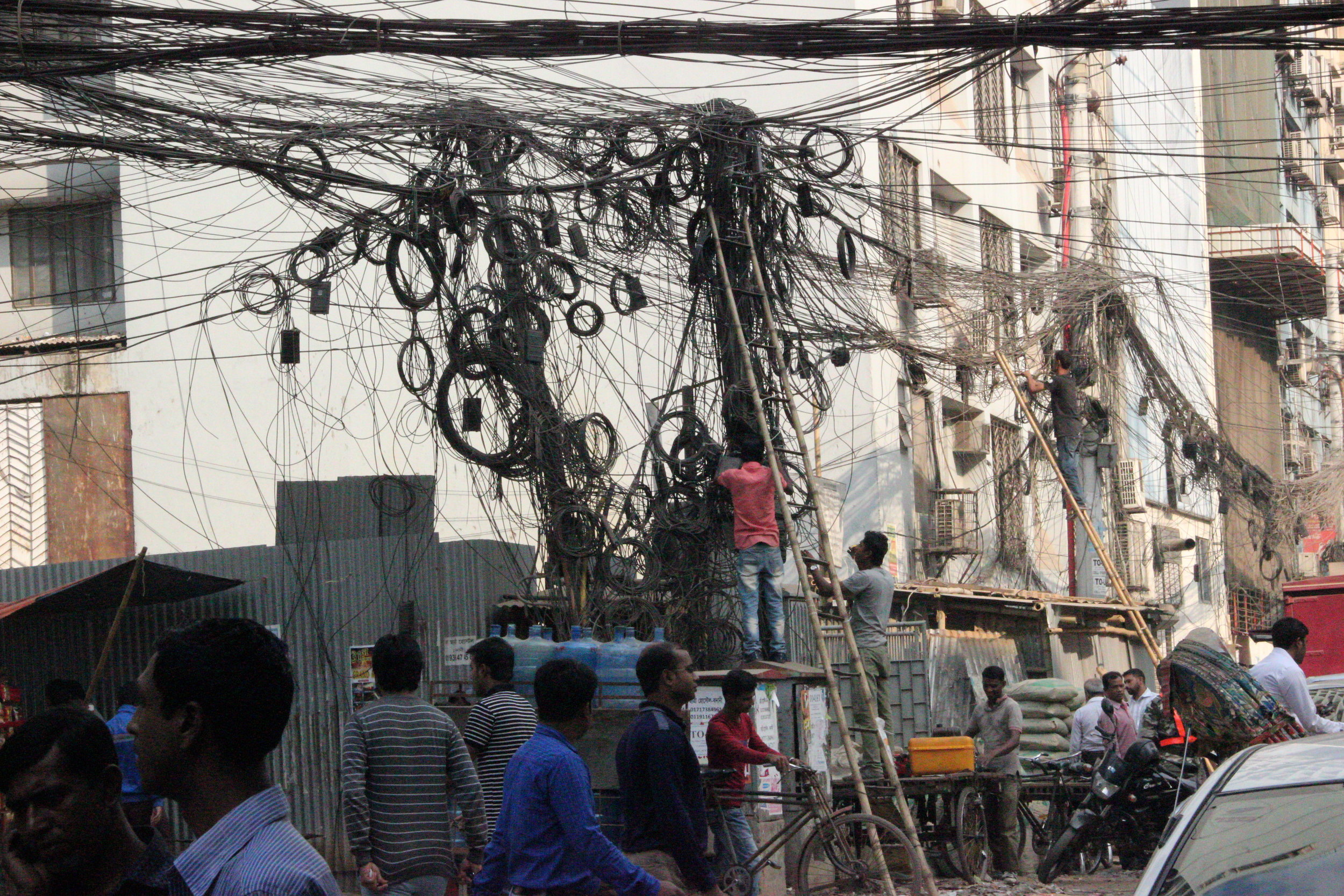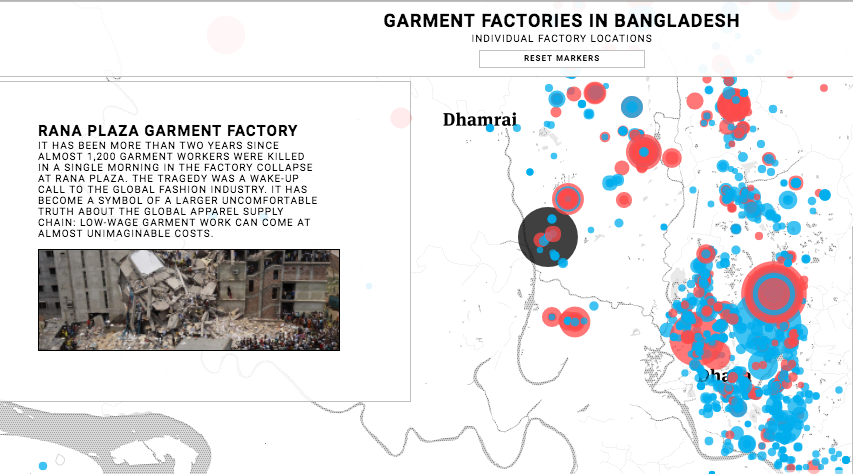Manufacturing
July 11, 2018
[ Back to Issues ]
MANUFACTURING
TECHNOLOGY
INVESTING
CONSTRUCTION
FISHING
EXTRACTIVES
FOOD & BEVERAGE
SUSTAINABILITY
Quick Facts
Minimum monthly wage for apparel workers, Bangladesh
Annual global contribution to GDP by the manufacturing sector
Share of global employment by the manufacturing sector
Center commentary
The challenge of globalization is to produce affordable consumer goods in factories where workers are safe and treated with dignity.
Manufacturing is essential to other high value-added sectors and is a major source of employment around the world. Global supply chains link thousands of firms across cultural, political, and economic boundaries. In different industries – apparel, electronics, footwear, food, and toys, among others – the expansion of global supply chains has provided developing countries with much-needed investment, employment, technology, and access to international markets. At the same time, the social and environmental consequences of global supply chains have provoked significant controversies over the role of multinational brands and their local suppliers.
In April 2018, the Center released its latest report on factory safety in Bangladesh, Five Years After Rana Plaza: The Way Forward. The report finds that efforts by Western brands and retailers have resulted in safer factories but thousands of additional facilities are still require remediation. The report concludes that to protect all workers in the garment supply chain, a Bangladeshi-led international task force should be set up to focus on a “shared responsibility” approach for factory safety. For more on this report, click here.
The map includes all 7,000 documented factories in Bangladesh, which represents 65% more factories than previously reported.
In December 2015, the Center published an interactive map showing Bangladesh’s 7,000 garment factories, shining a bright light on the true nature of the global fashion industry’s supply chain. The map and accompanying report, “Beyond the Tip of the Iceberg: Bangladesh’s forgotten apparel workers,” are the result of a year-long study in which the Center painstakingly poured over official records and followed leads on the ground, including a survey of almost 500 factories.
Read the Center’s first report on the apparel supply chain, Business as Usual is Not an Option: Supply Chains and Sourcing after Rana Plaza
Writing and Advocacy
- Barrett, Paul, Dorothée Baumann-Pauly and April Gu. “Five Years After Rana Plaza: The Way Forward.” New York: NYU Stern Center for Business and Human Rights, 2018.
- Labowitz, Sarah, and Dorothée Baumann-Pauly. “Factory Map: Beyond The Tip Of The Iceberg: Bangladesh’s Forgotten Apparel Workers.” New York: NYU Stern Center for Business and Human Rights, 2015.
- Labowitz, Sarah, and Dorothée Baumann-Pauly. “Beyond The Tip Of The Iceberg: Bangladesh’s Forgotten Apparel Workers.” New York: NYU Stern Center for Business and Human Rights, 2015.
- Labowitz, Sarah. “Can Bangladesh’s garment industry ever be safe and sustainable?” Quartz India (2015).
- Labowitz, Sarah. “A Tipping Point in Bangladesh?” Council on Foreign Relations Development Channel (2015).
- Saxena, Sanchita, and Sarah Labowitz. “Monitoring working conditions at factories won’t stop future tragedies.” The Globe and Mail (2015).











